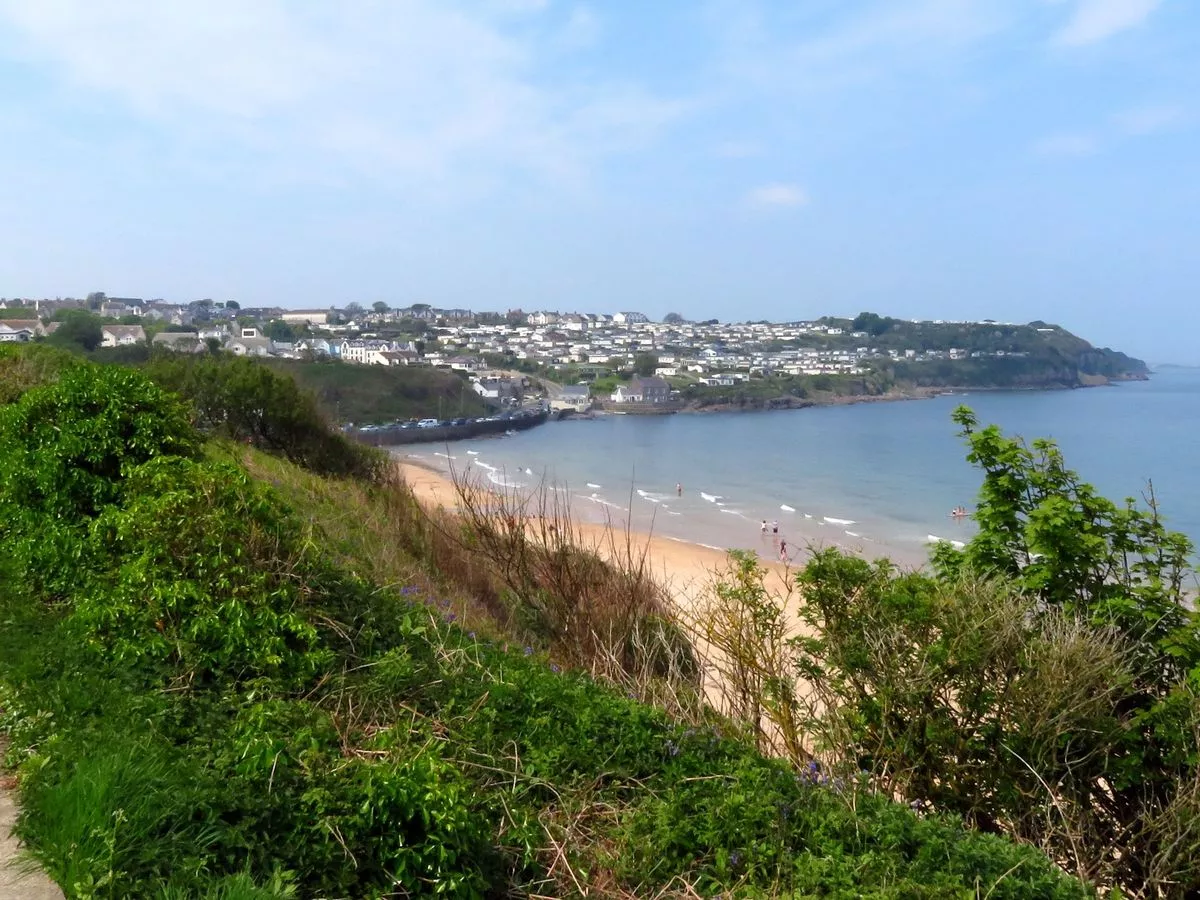Copyright dailypost

Wales has the UK’s highest rate of 100-year-olds, latest figures show. The country’s age profile continues to pull ahead of other UK nations - despite having lower life expectancies. Researchers found that, in 2024, Wales had a record 25.9 centenarians per 100,000 people. This was up from 14.9 in 2004 when Wales also had the most 100-year-olds - but the gap has since grown. Across Britain, the Office for National Statistics (ONS) recorded 16,600 centenarians last year – a figure that has doubled from 8,300 in 2004. It means around one in every 4,200 people now get annual congratulations cards from the King. Per head of population, Wales sits ahead of England (24.7 per 100,000) and well ahead of Scotland (18.4). Northern Ireland has a much lower proportion (15.3), partly explained by a surging younger population. The relative number of “very old” people reflects the post-First World War baby boom, followed by declining birth rates in subsequent years. ONS statistician Kerry Gadsdon said improvements in mortality over many decades were also having an impact. Factors driving this trend include better living standards and public health, and advances in medical treatments, she added. Join the North Wales Live Whatsapp community now Last year there were an estimated 625,000 people aged 90 years or over in the UK, up 53.7% since 2004. Men made up one-third of this cohort - and nearly one-fifth of centenarians. Over time the gender balance has shifted: the number of men living to a “very old age” is increasing faster than the rate for women. However the majority of the UK’s elderly population is still female. Despite greater proportions of very old people in Wales, life expectancy in the country remains lower than England but higher than Scotland. In the latest ONS figures available, life expectancies for men in Wales was 78.05 years. For woman, it was 82.01 years. These figures were slightly down on previous estimates as they overlapped the Covid pandemic. The disparity between life expectancy and a very old population can partly be explained by the trend for retirees to relocate to coastal areas of Wales. This has placed increasing demands on medical services and care provision in northwest Wales. Conwy’s median age now stands at 49, the joint second-highest in Wales, prompting recent hikes in council care home fees. Anglesey's age profile has also been skewed by the inward migration of older people combined with plummeting birth rates and the trend for home-working. Over the next decade, it’s estimated the number of Anglesey residents living beyond 85 years could rise by 70%, adding to pressures on housing and social care. The growing age disparity has already led to a review of post-16 education. The trend is also impacting older people themselves, according to Rhian Bowen-Davies, Older People’s Commissioner for Wales. A report published last month, called Growing Older In Wales, found pensioners risk being left behind or excluded as they age. Key findings included: Rhian said data shows that people living in Wales’ poorest areas can expect to live in poor health for almost a decade longer than those in more affluent areas. She added: “It’s positive that the data within the report shows that many older people feel fulfilled, empowered, and are able to do the things that matter to them. “Other older people, however, face significant inequalities, leading to issues and challenges that create barriers to living and ageing well. This can affect many areas of people’s lives, including access to services and support, feelings of safety and being treated fairly by society. “As highlighted by the report, these issues undermine people’s health, well-being and independence, all of which play a key role in our quality of life as we grow older.” Sign up for the North Wales Live newsletter sent twice daily to your inbox See what's on in your area



